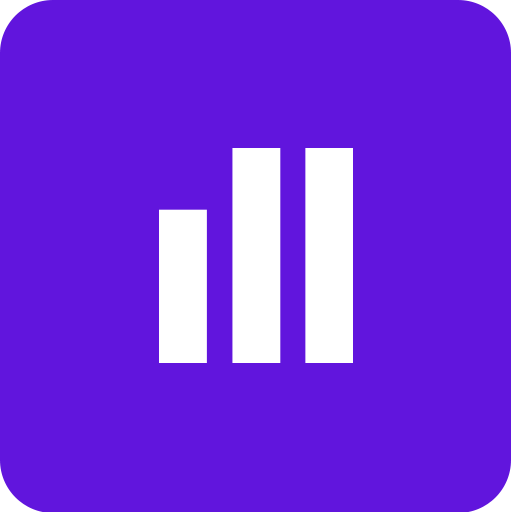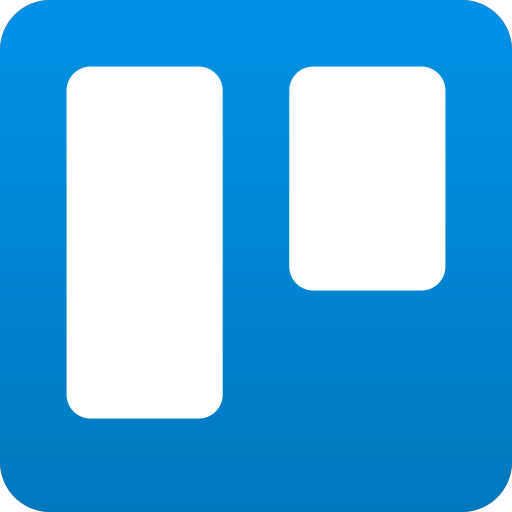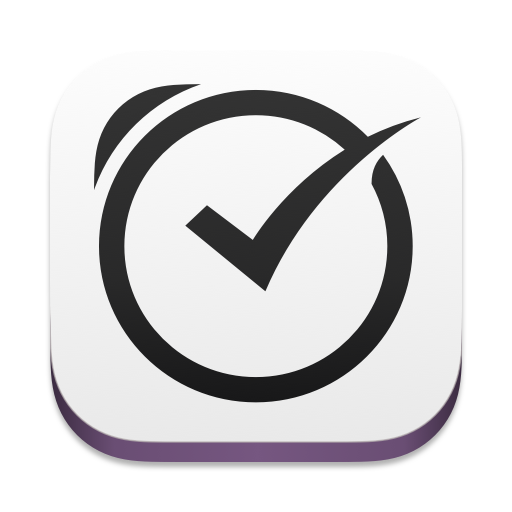Automated Bill Pay Checklist Tools to Consider
I remember waking up one day to the power being off in my home. At first, I thought another storm had come through while I was sleeping, and we were just waiting on the servicemen to get it working again. I called the automated number to get an update on when it should be back on, only to find that there were no issues in my neighborhood - I had just missed my payment date.
I had been putting away money for the bill all month, so I could have actually paid the bill. However, over the previous week, I had a large amount of work to make up after being sick. One of my children had been sick, another had a birthday, we had started a new homeschooling program, and I had lost a loved one to illness. With all of that on top of other daily tasks, it was easy to see how the date slipped by me.
For most people, it is similar situations - they are just too busy to notice a bill payment date is upon them. With this in mind, many people’s financial lives could be improved by having a simple bill tracking system.
Missing a bill can be an easy thing to do. With everyone on the go all the time and wearing so many hats, a missed due date is too common. Unfortunately, bills do not go on hold because we are too busy to realize that they are due. Late fees and disconnections follow soon after, making one little mistake turn into something we pay dearly for.
Below, we bring to you some of the best bill pay checklist options to help you get and keep your finances organized.
Goalry
As a working, always-on-the-go mother of four, I tend to be partial to anything that can simplify my life. Being able to keep track of my entire financial situation in one place is like a dream come true. And that, my friends, is precisely what Goalry provides.
The Goalry Financial Goal Mall is a way to simplify finances while meeting financial goals and improving your life.
Some of the awesome features it provides include the following:
A budgeting tool, which helps you set goals, control your spending and track your progress;
Bill payment tracker for an overview of your bills, the individual details and status of each bill, and advice on how to save money in each area;
Debt review to create a repayment plan, learn ways to save, view refinancing options, and get out of debt faster;
Loan platform to help track loans and payments, as well as a loan network that you can use to get new loans or refinance old ones;
An overview of your entire financial situation, including income, linked checking accounts, credit accounts, savings accounts, and more;
Short videos full of information to help you get better at managing money.
Google Calendar
Google Calendar is a simple yet effective tool for any type of planning and reminders. You can go in, add your bill details and due date, and then set up notifications to remind you when it’s due. This has come in handy for me several times when the notification for a bill that slipped my mind shows up on my phone.
Mobills
Mobills is an app for both Android and iOS that can help you manage your budget. You can set up your ideal budget and bill payment reminders to show up on your phone. You can also track your spending, store receipts, manage credit cards, and more. The app is free to use, but some features are only available with a premium membership.
Visualize Your BIlls. The Billry Store Makes a Timeline For You.
Home Budget Manager
The Home Budget Manager app for Android and iOS users is another good choice, especially if there are multiple people in your home paying bills. It allows you to track income and expenses and set up bill payment reminders. Even better, it synchronizes data between multiple devices and accounts to help you and your significant other stay on track together.
Mint
Mint is a fairly popular tool that helps you manage your household bills and budget. In addition to setting up monthly bill reminders, it helps you track debt, subscriptions, and credit scores while even allowing you to apply for home mortgages, credit cards, and other financial products.
Plus, it provides insights on your budget and cash flow that can help you improve at managing money.
Task Management Apps
I have a couple of apps that I love to use for task management that can do wonders when doing any financial planning. They are Trello and Asana. The two work a little differently - which I will get into in a moment- but I use them both as a set. Let me explain.
Trello is an app that lets you set up boards and cards on those boards. You can imagine each of these boards as a poster board and each card as a Post It note. You can use each board for a separate section of financial planning, such as bills, debts, goals, and so on. Each card or Post It can contain the information necessary for each category.
Asana is better for creating lists. You can create a different project checklist with tasks. It provides a more linear, straight-to-the-point approach.
Let me give a quick example of how I use the two. Trello is what I consider my brainstorm app. One of my boards on there is for vacation planning. On that board, I have cards titled things like “Destination Ideas,” “Things I Need to Do,” “Things I Need to Buy,” “How Much I Need to Save,” “Ideas for Saving the Money,” and anything else I fill is relevant.
I gather all of my information and put it on my boards. I then use my boards to create checklists in Asana and assign due dates for each. By using Trello as a brainstorming area, I can empty out all of my thoughts, determine which tasks I need to complete, and then put them into an organized plan I Asana. I use this system for regular monthly bills as well as other financial goals.
You don’t have to use both, of course, if you do not feel the need. This is just what works best for me. Either Trello or Asana can be a great app to keep track of bills, and both can be synced with your Google Calendar to keep you on track.
Due
Due is a handy bill reminder app for Android and iOS users. You can add in monthly bills and subscriptions along with due dates and set reminders to keep you on track. As a bonus, it can sync your bill payment dates to your Google Calendar, ensuring you have a few reminders to pay your bill on time.
Online Bill Payment
This is not exactly an app, and it’s certainly not an all-in-one tool. However, automatic online bill payment can provide a lot of benefits, especially when it comes to paying bills on time.
Almost - if not all - of your bills likely provide online bill pay for free. This means that on the bill’s due date - or usually around midnight the night before - they automatically charge the card or account you have linked to pay your bill. Not only can this save you time, but it can also save you money as you skip late fees. Additionally, many places offer a discount if you sign up for autopay.
Typically, they send out a reminder a few days before to let you know they will be deducting the money. If you have also set up a bill pay checklist, you will know at the beginning of each month when that payment is coming due.
Old School Methods
I love technology. I appreciate everything it enables us to do and have. There are times, though, when no amount of technology can beat old skill pen and paper. And with that in mind, here are some more traditional tools to track bills.
Old Fashioned Checklist
Tracking bills can be as easy as you want it to be. If you don’t want to deal with technology or just want to keep a physical list on hand, take the time to write out your monthly bills in a checklist.
You can do this in a couple of different ways. The first is to write out a list every month. The second is to make out one list with 12 boxes beside each line item - one for each month. You can then mark them off one month at a time.
Additionally, there are a couple of different formats you can use to make out these lists.
You can also either write this out by hand or use a program like Microsoft Excel or Google Sheets to print it out
Another way is by using one of the many free printable or editable checklists available on the Internet. There are many people who know the value of having a bill pay checklist to hang on their refrigerator or on a wall as a reminder of what they need to pay. As such, they kindly create the format that you can either download and edit in Excel or Adobe or that you can print out and fill in by hand
No matter how you choose to do it, having a physical copy of every bill to pay each month- and keeping it somewhere you can see it- can prevent late fees and disconnections due to non-payment.
Budget Planner
I must admit that this is my favorite non-digital method of budgeting. And I’ll apologize ahead of time for potentially sounding like a planner nerd. However, I tend to get excited about things that work well.
Anyway, a budget planner is an excellent foundational tool for financial planning. I use one called the GoGirl Budget Planner, but there are many types available. I adore mine because it provides space for:
Setting monthly financial goals and breaking them down into tiny tasks
Tracking expenses each month
Name debts, the details associated with them, and track debt payments
Tracking savings goals
Bill pay checklist
Planning and budgeting for holidays
And much more
There is also a pocket to hold bills, receipts, and more. I love it because it allows me to build the bones - the foundation - of my budget. I can use it to brainstorm and get my plans in order. I then use it every week to write down the bills I owe in my weekly planner and in one of my favorite apps.
With my entire year’s budget made out and easy to view, I can keep my bills paid on time and track my progress. Using a planner such as this one is a wise move. You can use it on its own if you choose. Personally, I think it’s best used in conjunction with other tools.
Conclusion
Having a bill pay checklist or app to keep track of bills can go a long way toward improving your finances. I realize that to some people, using more than one planning or tracking tool is obsessive. However, for some of us, it’s easier to stay organized with multiple tools on our side while others do well with one.
The best tool or tools for tracking bills is whatever works best for you. Whether that means using multiple options or a single tool, old school methods, or new technology, go for it.








